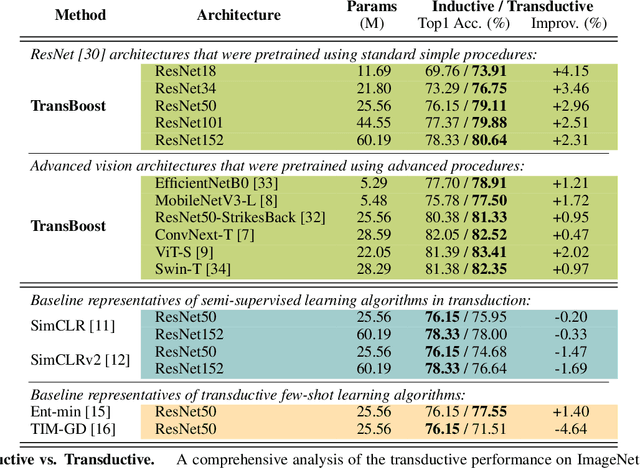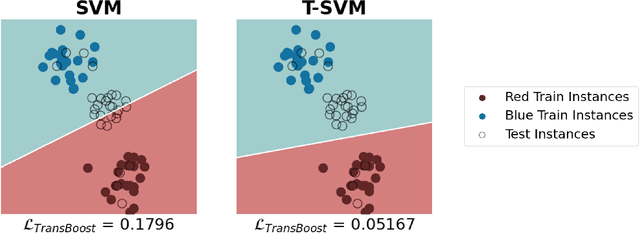Omer Belhasin
Uncertainty-Aware PPG-2-ECG for Enhanced Cardiovascular Diagnosis using Diffusion Models
May 19, 2024Abstract:Analyzing the cardiovascular system condition via Electrocardiography (ECG) is a common and highly effective approach, and it has been practiced and perfected over many decades. ECG sensing is non-invasive and relatively easy to acquire, and yet it is still cumbersome for holter monitoring tests that may span over hours and even days. A possible alternative in this context is Photoplethysmography (PPG): An optically-based signal that measures blood volume fluctuations, as typically sensed by conventional ``wearable devices''. While PPG presents clear advantages in acquisition, convenience, and cost-effectiveness, ECG provides more comprehensive information, allowing for a more precise detection of heart conditions. This implies that a conversion from PPG to ECG, as recently discussed in the literature, inherently involves an unavoidable level of uncertainty. In this paper we introduce a novel methodology for addressing the PPG-2-ECG conversion, and offer an enhanced classification of cardiovascular conditions using the given PPG, all while taking into account the uncertainties arising from the conversion process. We provide a mathematical justification for our proposed computational approach, and present empirical studies demonstrating its superior performance compared to state-of-the-art baseline methods.
Principal Uncertainty Quantification with Spatial Correlation for Image Restoration Problems
May 17, 2023Abstract:Uncertainty quantification for inverse problems in imaging has drawn much attention lately. Existing approaches towards this task define uncertainty regions based on probable values per pixel, while ignoring spatial correlations within the image, resulting in an exaggerated volume of uncertainty. In this paper, we propose PUQ (Principal Uncertainty Quantification) -- a novel definition and corresponding analysis of uncertainty regions that takes into account spatial relationships within the image, thus providing reduced volume regions. Using recent advancements in stochastic generative models, we derive uncertainty intervals around principal components of the empirical posterior distribution, forming an ambiguity region that guarantees the inclusion of true unseen values with a user confidence probability. To improve computational efficiency and interpretability, we also guarantee the recovery of true unseen values using only a few principal directions, resulting in ultimately more informative uncertainty regions. Our approach is verified through experiments on image colorization, super-resolution, and inpainting; its effectiveness is shown through comparison to baseline methods, demonstrating significantly tighter uncertainty regions.
TransBoost: Improving the Best ImageNet Performance using Deep Transduction
May 27, 2022



Abstract:This paper deals with deep transductive learning, and proposes TransBoost as a procedure for fine-tuning any deep neural model to improve its performance on any (unlabeled) test set provided at training time. TransBoost is inspired by a large margin principle and is efficient and simple to use. The ImageNet classification performance is consistently and significantly improved with TransBoost on many architectures such as ResNets, MobileNetV3-L, EfficientNetB0, ViT-S, and ConvNext-T. Additionally we show that TransBoost is effective on a wide variety of image classification datasets.
 Add to Chrome
Add to Chrome Add to Firefox
Add to Firefox Add to Edge
Add to Edge